Annual Garden Design: Creating A Garden Masterpiece With Annual Plants
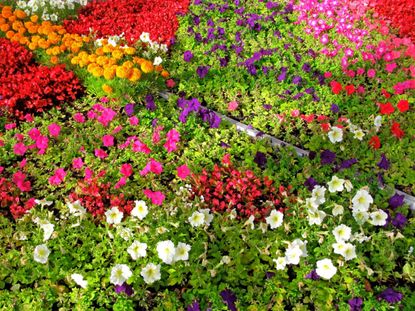

There isn't one gardener I know who doesn't appreciate the versatility and spirit of annuals. Whether it is those outrageous neon pink petunias or a subtle white pansy, annual plants make gardening an absolute joy. They're short and tall, bright and dull. They have sweet scents and no scent at all. The only character trait that unites the large family of annual flowers is that they all die off at the end of the season, making it ever so enjoyable to start again with a whole new palette of color, texture, and perfume the next season.
Planting Annual Flowers
Even a die-hard perennial fan like me can appreciate the simplicity of the annual flower. You either start the annual from seed in the spring, following package directions; or buy the plant from your local nursery. Simply plant the flowers or seeds in the right location - sun, partial sun, or shade - provide them with a moderately rich, moist soil, and you'll have hoards of color in no time at all. Annual plants are perfect for planting in containers on your porch or patio, or for filling in the gaps in your perennial beds or vegetable garden. They will never overtake the bed they're planted in because they inevitably retire to plant heaven at the end of the season. Choosing annual flowers is easy. Some of our most beloved flowers belong to the annual family. Remember your grandmother's flower bed with the purple petunias and pink pansies? Or perhaps it was your grandfather's vegetable garden with marigolds forming a bright yellow and orange outline. In addition to these all-time classics, there are some lesser-known annuals that should be given a second look. In moist locations like the Pacific Northwest, the blue forget-me-not and the brilliant coleus, known for its red, green, white, and yellow foliage, are great selections. In a drier climate, the moss rose (Portulaca) as well as the everlasting statice are true low-maintenance delights in the garden. Be sure to harvest the papery statice blossoms for a winter bouquet when the air is turning cold.
Tips for Growing Annual Gardens
Here are a few simple tips and tricks to keep in mind when you begin your adventure in annual garden design:
- When purchasing from a nursery, make sure annual plants are well-rooted. Give the annual a gentle tug; it shouldn't feel loose.
- Be careful not to purchase large, overgrown, or wilted plants. The soil should be moist and the plant should be perky and no larger than three times the size of the container.
- If purchasing seeds, buy from a few different companies first to see which seeds produce the best results for you.
- When planning the annual garden design, sketch the layout on paper first using design ideas you've enjoyed in magazines or catalogs. Then use cutouts of plants from nursery or seed catalogs to fill in the "paper bed" and make sure the colors blend.
- Be sure to select the right plants for the desired garden spot. If your annual bed is near trees or a house, be sure it receives adequate sunlight for the annual plants you want.
- Prepare your soil bed with lots of compost and decaying leaves or grass clippings. Don't be afraid to fertilize your annuals once they're in the bed with a good, preferably organic, fertilizer that promotes blooming and strong plants. Organic fertilizers protect our children, pets, and wildlife from serious harm. Always keep all fertilizers out of the reach of loved ones.
Before you know it and with these tips for growing annual gardens, mounds of color and sweet perfume will soon overtake your landscape.
Gardening tips, videos, info and more delivered right to your inbox!
Sign up for the Gardening Know How newsletter today and receive a free download of our most popular eBook "How to Grow Delicious Tomatoes."

Arista Hageman is a writer for Gardening Know How who specializes in flower gardening.
-
 How To Get Rid Of Mosquitoes In The Garden: 9 Natural Ways To Make Them Buzz Off!
How To Get Rid Of Mosquitoes In The Garden: 9 Natural Ways To Make Them Buzz Off!How to get rid of mosquitoes is on the minds of people in the summer in almost every region of the world. Learn how to repel the pests without toxic chemicals.
By Mary Ellen Ellis
-
 Monkey Orchid Care: How To Grow This Fascinating Species
Monkey Orchid Care: How To Grow This Fascinating SpeciesThe monkey orchid (Dracula simia) bears a remarkable resemblance to its namesake and, with a little know-how, can be successfully grown as a houseplant.
By Bonnie L. Grant
-
 20 Hard-to-Find Spring Flowers & Plants That Look Amazing All Season
20 Hard-to-Find Spring Flowers & Plants That Look Amazing All SeasonIt’s finally beginning to look like spring! If you’re eager to find some unique, hard-to-find varietals to satisfy your spring fever, look here first.
By Caroline Bloomfield
-
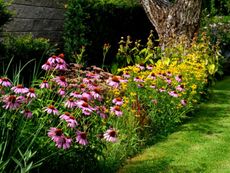 How Wildflower Strips Help Attract Pollinators To Your Yard
How Wildflower Strips Help Attract Pollinators To Your YardIf you have a small garden spot or strip available, fill it with wildflowers for our hungry pollinators. Click to learn more.
By Tonya Barnett
-
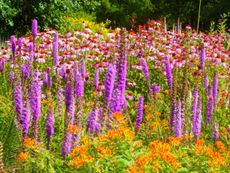 10 Knockout Native Flowers For A Punch Of Color
10 Knockout Native Flowers For A Punch Of ColorGrowing native is the way to go. See our list of ten native wildflowers that will knock you out with color.
By Amy Grant
-
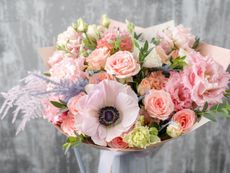 Pretty Plants For A Pastel Flower Bouquet
Pretty Plants For A Pastel Flower BouquetRoses aren’t the only romantic flower. Some romantic pastel flowers can fill in beautifully.
By Tonya Barnett
-
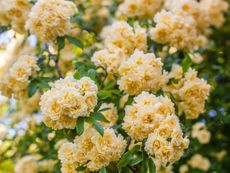 Soft Yellow Plants For A Sunny Pastel Garden
Soft Yellow Plants For A Sunny Pastel GardenClick here for ideas on some pale yellow flower varieties for pastel garden designs.
By Tonya Barnett
-
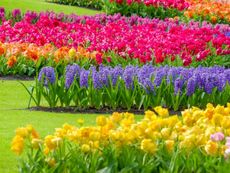 Most Common Flower Color In The World
Most Common Flower Color In The WorldWhat are the most common and least common flower colors in the world? Click here to find out.
By Mary Ellen Ellis
-
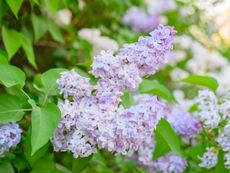 Pastel Plants For A Lovely, Light Purple Flower Garden
Pastel Plants For A Lovely, Light Purple Flower GardenClick here for ideas on some light purple plants for a pretty, pastel garden display.
By Tonya Barnett
-
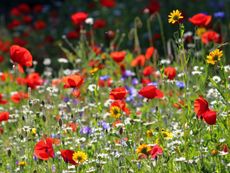 Plant Wildflower Seeds In Fall for A Stunning Spring Display
Plant Wildflower Seeds In Fall for A Stunning Spring DisplayCan you plant wildflower seeds in fall? What makes fall the best time to sow wildflower seeds? Click here for more.
By Tonya Barnett